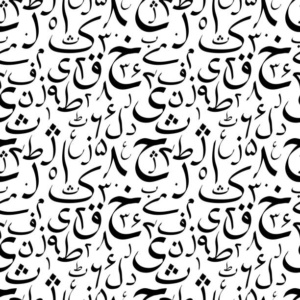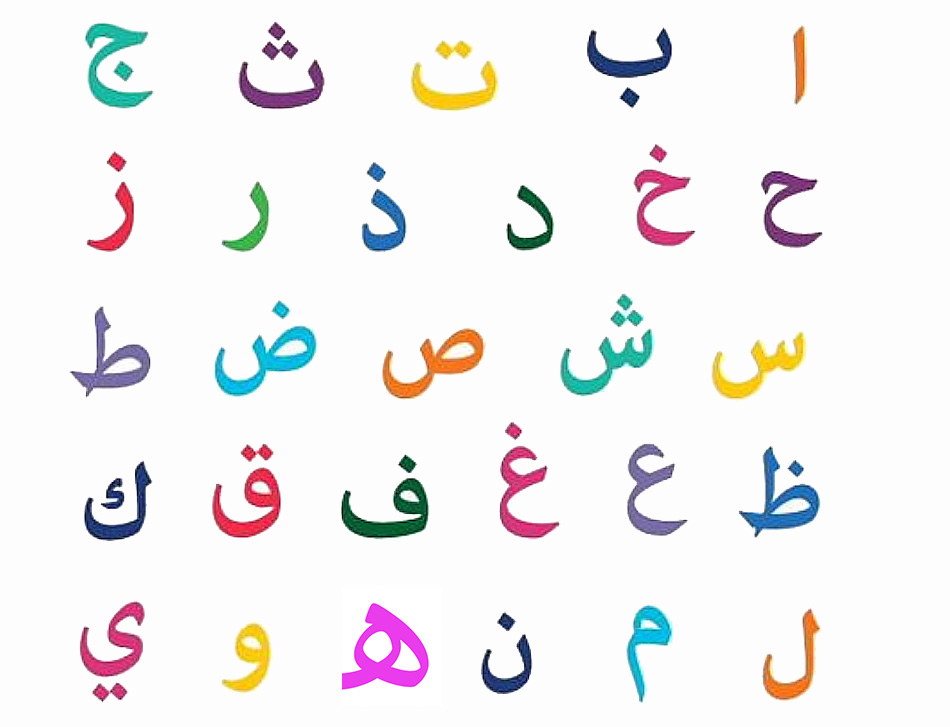Arabic alphabet is an essential tool for anyone interested in learning the Arabic language. Whether you’re a beginner or an advanced learner, understanding the basics of the Arabic script can help you to improve your reading, writing, and speaking skills. In this comprehensive guide, we will explore the Arabic alphabet in depth, including its history, structure, and usage. By the end of this article, you will have a solid foundation for further studies in the Arabic language.
The History of the Arabic Alphabet
The Arabic alphabet, also known as the Arabic script or the Arabic abjad, is a writing system that dates back to the 4th century AD. It was developed in the Arabian Peninsula by the Nabataean traders, who used it to write their local dialect of Aramaic. The Nabataean script was later adopted by the Arab tribes and modified to fit their own language, Arabic.
The Arabic script is an abjad, meaning that it only represents consonants. The vowels are indicated by a system of diacritical marks, known as harakat. These marks were not used in the earliest forms of the script but were added later on to aid in reading and pronunciation.
The Structure of the Arabic Alphabet

The Arabic alphabet consists of 28 letters, all of which are consonants. The letters are written from right to left and are connected to one another. This makes the script appear cursive and flowing.
The letters are divided into three categories:
- Sun letters (14 letters)
- Moon letters (13 letters)
- Imperfect letters (3 letters)
The sun letters are characterized by the fact that they have a “fat ha” ( ﻯ) at the end of the letter when it is at the end of a word. The moon letters are characterized by the fact that they have a “damma” ( ُ) at the end of the letter when it is at the end of a word. The imperfect letters are characterized by the fact that they do not have any diacritical marks when they are at the end of a word.
Recommended reading: Arabic Vocab for Beginners: A Comprehensive Guide to Mastering the Language
The Usage of the Arabic Alphabet
The Arabic alphabet is used in a wide range of texts, including the Quran, poetry, literature, and everyday documents. It is also used to write several other languages, such as Persian, Urdu, and Pashto, which are closely related to Arabic.
One of the most challenging aspects of the Arabic script is that it is written from right to left. This can take some getting used to, especially for those who are more familiar with left-to-right writing systems. However, with practice and patience, you will soon be able to read and write Arabic with ease.
Tips for Learning the Arabic Alphabet

- Practice writing the letters as often as possible. This will help you to learn the shape and form of each letter, as well as improve your handwriting.
- Use flashcards or apps to help you memorize the letters. Many apps and websites offer interactive lessons that can be helpful for beginners.
- Practice reading Arabic text. This will help you to get used to reading from right to left and to become more familiar with the letters and their variations.
- Learn the letters in groups. It is easier to remember letters when they are grouped together based on their shape or the way they are written.
- Seek help from a native speaker or a teacher. They can provide valuable feedback on your progress and offer tips on how to improve your skills.
Recommended reading: Arabic Language Learning Tips: How to Achieve Fluency
Conclusion: Mastering the Arabic Alphabet
Learning the Arabic alphabet is a fundamental step in the journey to mastering the Arabic language. By understanding the history, structure, and usage of the script, you will be able to improve your reading, writing, and speaking skills and be on your way to fluency. Remember to take your time, practice regularly, and be patient with yourself. With dedication and hard work, you can master the Arabic alphabet and open up a world of possibilities for understanding and communicating in the Arab world.
FAQs
What is the Arabic alphabet?
The Arabic alphabet, also known as the Arabic script or the Arabic abjad, is a writing system that dates back to the 4th century AD. It was developed in the Arabian Peninsula and is used to write the Arabic language.
How many letters are in the Arabic alphabet?
The Arabic alphabet consists of 28 letters, all of which are consonants.
What are the three categories of letters in the Arabic alphabet?
The letters in the Arabic alphabet are divided into three categories: Sun letters (14 letters), Moon letters (13 letters), Imperfect letters (3 letters).
What are the diacritical marks used in the Arabic alphabet?
The diacritical marks used in the Arabic alphabet are known as harakat. They are used to indicate vowels and were added later on to aid in reading and pronunciation.
How can one improve their reading, writing and speaking skills in the Arabic language?
To improve reading, writing and speaking skills in the Arabic language, it is important to learn the history, structure, and usage of the script. Practice writing letters as often as possible, use flashcards or apps to memorize letters, practice reading Arabic text, learn the letters in groups and seek help from a native speaker or a teacher.

